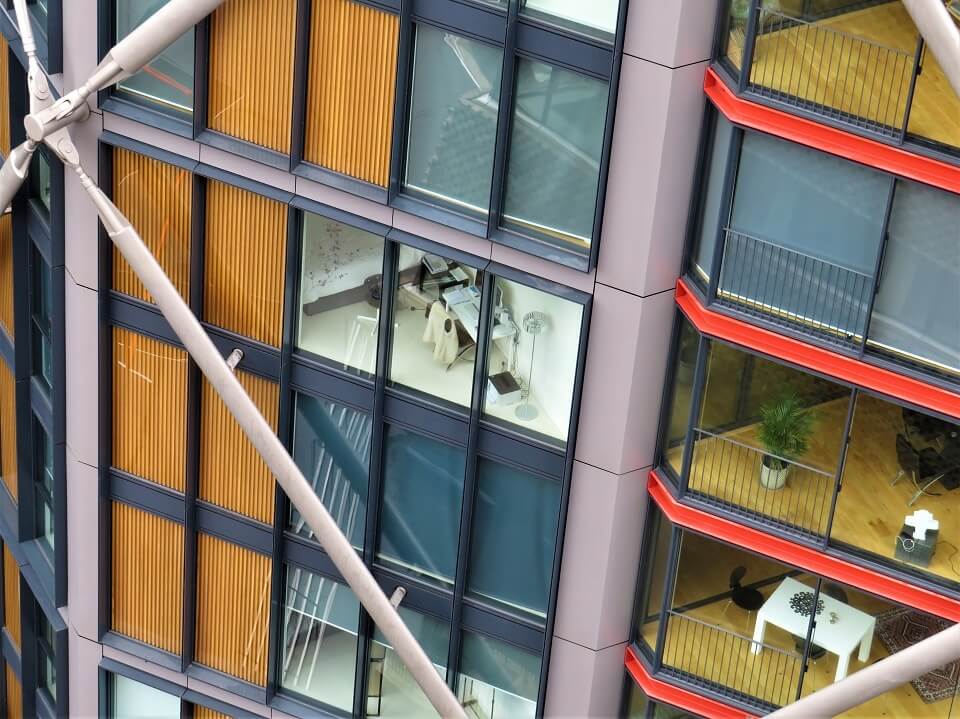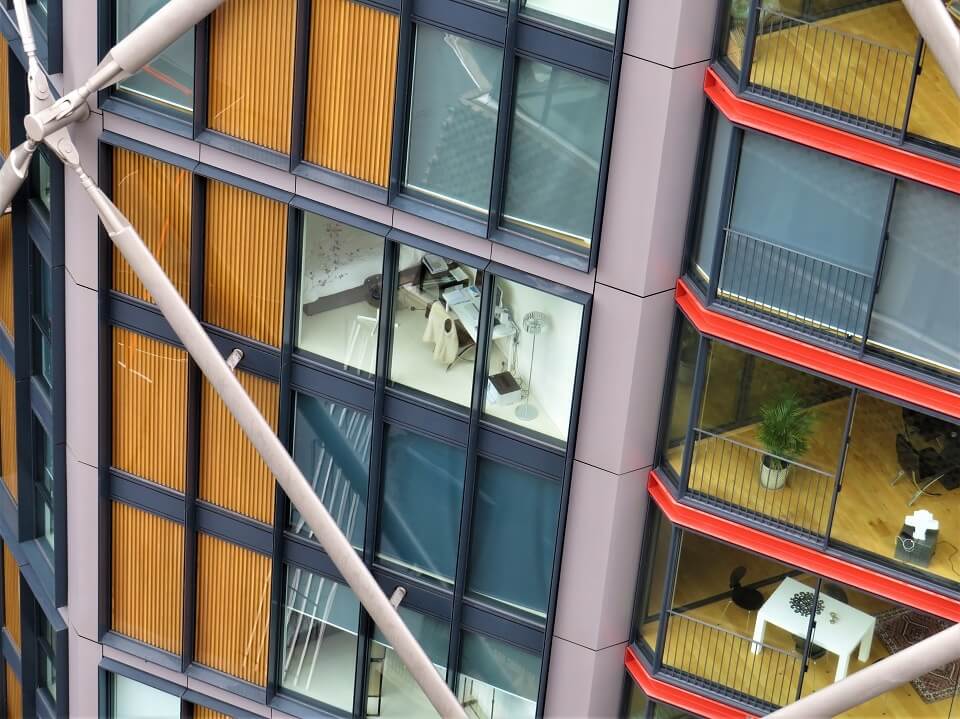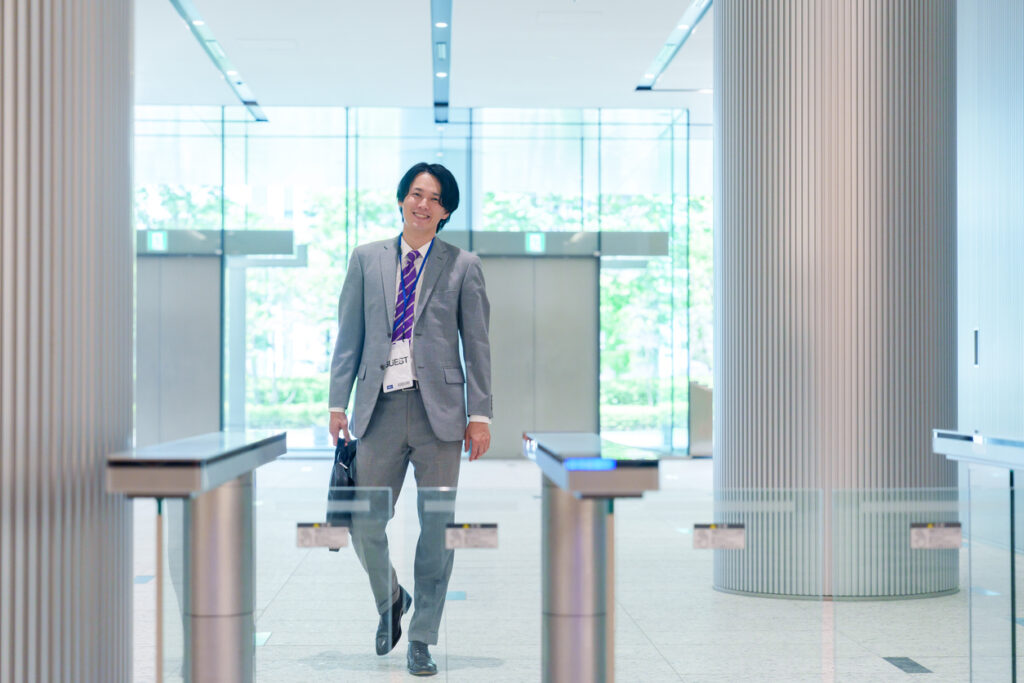Work EvOHlution President and Co-Founder Dr. Laura Hambley breaks down flexible and remote working must-haves and the importance of strong leadership.
Distributed workplaces have become the norm for a lot of organizations in 2018. That said, there are still those with serious concerns about how flexible and remote working will affect overall productivity.
It’s a valid concern and one that Dr. Laura Hambley, President and Co-Founder of Work EvOHlution, has spent significant time breaking down and analyzing. Managing different workplace personalities is not an easy task, but it has to be handled by a detail-oriented leader and respected by all employees.
What kind of role does psychology play in the success or failure of a distributed workforce?
Dr. Hambley: It plays a huge role. Often times, if you don’t have the knowledge of human behaviour, it’s seen as “fluffy” or hard to understand and difficult to measure. People tend to shy away from it and focus more on the tangible elements like the office environment: software, design, facilities management, technology.
These things are all very important. You need the right space, the right facilities when you’re moving towards flexibility, and you definitely need the right technology. That said, these things are only the foundation.
You need the people to be led effectively. You need your teams to be working in a cohesive and efficient way, even when they’re apart from one another. That takes strong leadership, strong teamwork, and it’s not easy.
It can definitely lead to failed initiatives, like the cases of Yahoo! and IBM bringing everyone back into the office. I think that was a failure on the talent management side of things that resulted in taking flexible working away from people.

How can you psychologically prepare a predominantly in-house work environment for a flexible working strategy like hot desking or hotelling?
Dr. Hambley: You have to understand each person at an individual level and when and where they can work most effectively given their job and role. You also need to understand how each person is going to sit with working in a flexible way, given how they’re wired. Certain personality types fit really well for working remotely while other personalities will struggle.
We created the first personality profiler in the world, the Distributed Work Profiler, which launched a few years ago. It assesses how a person fits into the workplace and better supports them in developing as a flexible worker.
Understanding at the individual level is really important, but also aggregating this data across teams and business units to help better understand the overall dynamics of workplace personalities is crucial.

How do you optimize communication among a distributed workforce? Does physically seeing or interacting with people have a positive impact or does it not necessarily matter?
Dr. Hambley: Nothing can fully replace face-to-face. I think it’s the richest way of communicating. However, I don’t think it’s an all or nothing. Most people can work between different locations and save at least some of that five-day-a-week commute. A balance is great.
Even if a team is fully distributed in different cities and different countries, we always recommend bringing the entire team together at least once a year.

In terms of interaction, the physical workplace is often a place where collaboration can happen and new ideas are born. How do you facilitate that same sense of collaboration on a distributed team?
Dr. Hambley: You definitely have to have leaders who are well-equipped to lead collaboration. They need to model effective use of the different tools a team is using.
If it’s WebEx or Zoom, the leader had better know how to run a highly effective meeting through those platforms. They can’t hop on there 10 minutes late, they need to understand the best practices for facilitating meetings from a distance.
Let’s face it, even meetings in the office have a long way to go. There’s lots of time wasted on meetings in the corporate world and when you add distance, it makes it even trickier. Those skill-sets need to be nailed down.

How important is it to get all departments in a workplace on the same page so that collaboration can thrive?
Dr. Hambley: I would say that has to be influenced from the top and expected that all your different units are collaborating and not working in silos.
I think HR hasn’t had enough of a seat at the table. Positioning managers to do a great job leading in a distributed way is very critical to the success of these initiatives and organizations that don’t see that end up taking a risk. That risk is investing a ton into new workplace designs, yet not getting the full advantage of flexibility.
What are the hallmarks of good leadership in a distributed workforce? What should managers and supervisors know in order to have success?
Dr. Hambley: We’ve done a lot of research alongside distributed leaders across North America and Europe. We looked at an entire group of leaders, we did in-depth interviews with them and extensive analysis in building out our assessments.
We found that there are 14 capabilities of an effective distributed leader. Certain leaders will find these capabilities easier than others. The Distributed Leader Profiler measures a leader’s skills and attributes. Skills are what they’re good at in leading from a distance. Attributes are how they’re wired personality-wise and what we would expect of them as a distributed leader as well as where their pain points might be.
If we have this data, we can work with a distributed leader to develop those skills and attributes. If an organization has this data across groups of leaders, they can look at teams and come to the conclusion that, for example, being trusting of people is an area they need to work on.
The number-one resistance of remote working is this notion of “how will I know my people are working if I can’t see them?” My response is “how do you know they’re working if they’re in the office?”

How does “cyberslacking” play a role in the distributed workforce? How do you think this can be approached and managed?
Dr. Hambley: Cyber-slacking is a risk. Certain people are simply more apt to slack off, but that can happen in the office as well.
It comes down to managing people based on outcomes and deliverables versus presentism and how many bums are in seats. If that becomes the case, cyber-slacking doesn’t matter. What matters is that you get the job done, you’re accessible, responsive, and delivering a high quality product or service.
It takes some creativity to figure out what are the deliverables of the job and how do you know someone isn’t doing their job. There’s some up-front planning that needs to take place, but once you know then it really doesn’t matter where you’re working from.
Find out more about how Work EvOHlution can help your organization optimize its distributed workplace at their website.
What do you think is the best way to maximize productivity in a distributed workplace? Join the conversation and leave us a comment below.
Photos: Chris Greenhow, Studio Republic, Rawpixel, Drew Beamer, Shutterstock





